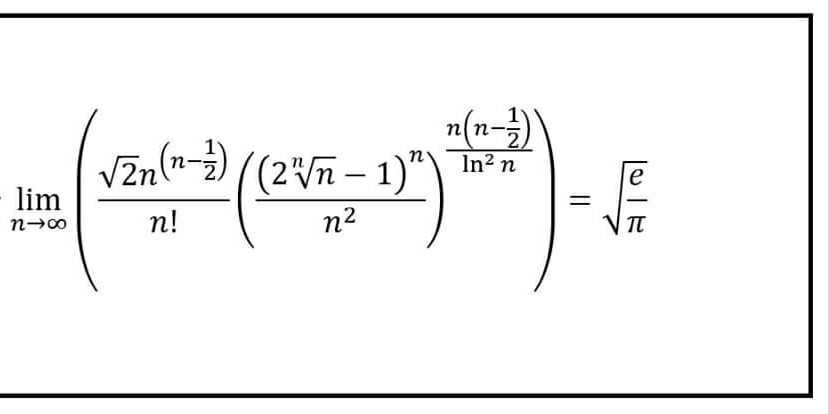
AllQuestion and Answers: Page 1488
Question Number 62396 Answers: 0 Comments: 0

Question Number 62395 Answers: 0 Comments: 1
Question Number 62389 Answers: 1 Comments: 1
$$\int\mathrm{0dx}= \\ $$$$ \\ $$$$ \\ $$$$\mathrm{help} \\ $$
Question Number 62388 Answers: 1 Comments: 1
Question Number 62380 Answers: 1 Comments: 0
Question Number 62372 Answers: 1 Comments: 0
Question Number 62363 Answers: 2 Comments: 0

Question Number 62347 Answers: 2 Comments: 0

Question Number 62343 Answers: 1 Comments: 1
Question Number 62342 Answers: 1 Comments: 4
Question Number 62341 Answers: 2 Comments: 3
Question Number 62340 Answers: 0 Comments: 3

Question Number 62338 Answers: 0 Comments: 0

Question Number 62335 Answers: 0 Comments: 2
Question Number 62334 Answers: 2 Comments: 0
Question Number 62332 Answers: 1 Comments: 0

Question Number 62330 Answers: 1 Comments: 1
Question Number 62322 Answers: 0 Comments: 2

Question Number 62308 Answers: 1 Comments: 2

Question Number 62291 Answers: 1 Comments: 1

Question Number 62288 Answers: 0 Comments: 0
Question Number 62289 Answers: 3 Comments: 0

Question Number 62281 Answers: 1 Comments: 0
Question Number 62276 Answers: 1 Comments: 0
Question Number 62275 Answers: 1 Comments: 0
Question Number 62274 Answers: 1 Comments: 4
$$\underset{\mathrm{0}} {\overset{\infty} {\int}}{e}^{−{x}^{\mathrm{2}} } \:{dx} \\ $$
Pg 1483 Pg 1484 Pg 1485 Pg 1486 Pg 1487 Pg 1488 Pg 1489 Pg 1490 Pg 1491 Pg 1492
